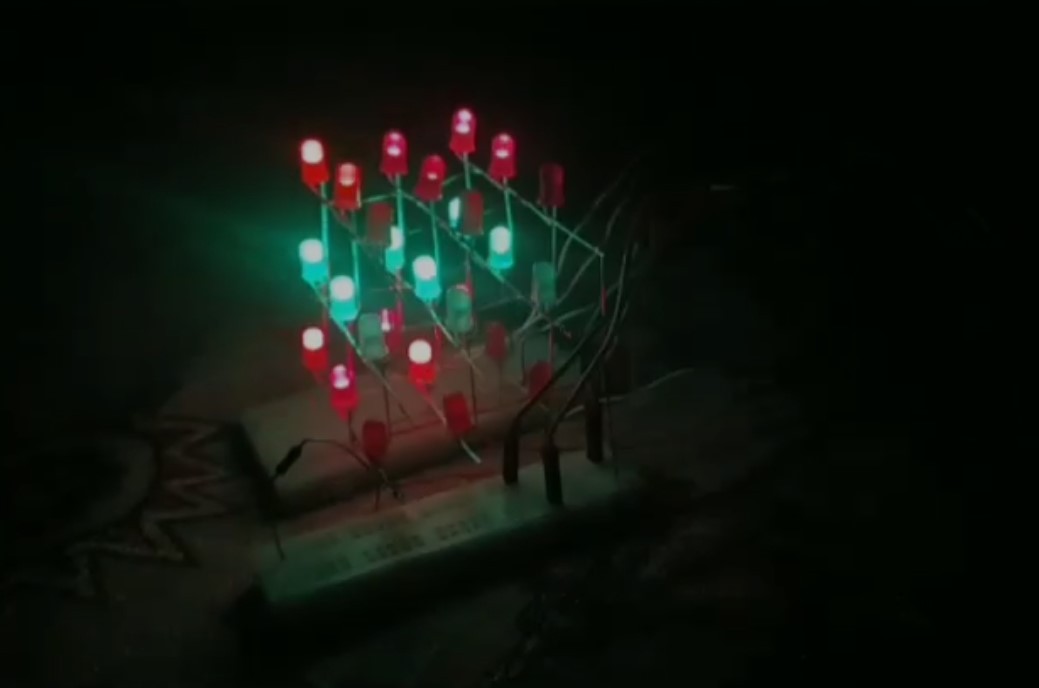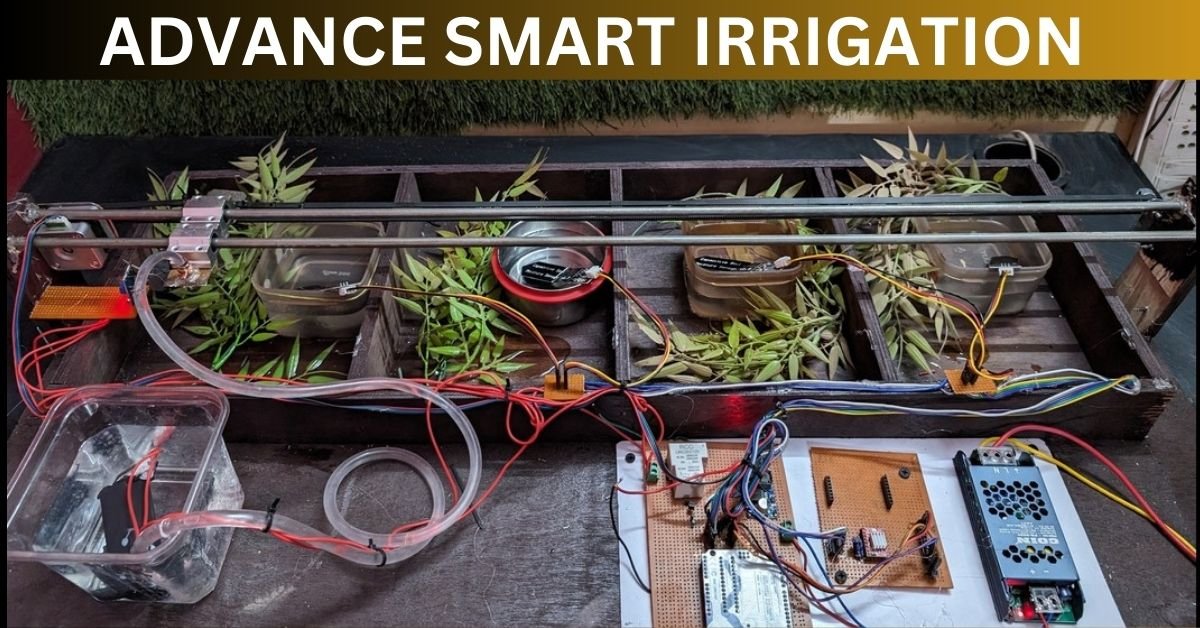Table of Contents
Overview of Non-polarized capacitor
Capacitors without positive or negative polarity are referred to as non-polarized capacitors. Non-polarized capacitors’ two electrodes can be randomly put into the circuit and won’t leak. They are primarily utilized in oscillation, coupling, decoupling, feedback, and compensation circuits. The non-polarized capacitor’s reference diagram is depicted in the figure below.
Figure 1. Non-polarized capacitor
There is no polarity in the ideal capacitor. However, in actuality, certain unique materials and structures are used to attain a big capacity, which results in the fact that the actual capacitors are somewhat polarized. Tantalum electrolytic capacitors and aluminum electrolytic capacitors are typical polarized capacitors. The capacity of electrolytic capacitors is typically quite considerable. Because the volume will increase significantly, creating a large-capacity non-polarized capacitor is not that simple. This explains why the actual circuit has so many polarized capacitors. Polarized capacitors can be useful in this circuit because it is compact and only has one direction of the voltage.
To overcome its drawbacks and utilize its benefits, we use polarized capacitors. It makes sense in this way: A capacitor that can only be utilized in one voltage direction is said to be polarized. The voltage can be applied in both directions for non-polarized capacitors. As a result, polarized capacitors are preferable to non-polarized capacitors from the perspective of voltage direction. Polarized capacitors can absolutely be replaced with non-polarized capacitors as long as the capacity, working voltage, volume, etc. fulfill the specifications. If you still don’t know what is the capacitor, you can look at the North America Hot Searched Electronic Components to see more information and products about the capacitor.
What can the Non-polarized capacitor be used for?
The non-polarized capacitors are used in pure AC circuits and can also be used for high-frequency filtering due to their low capacitance. Here is an illustration of how the capacitor is used:
The RC spark suppression circuit is primarily introduced in this scenario. You will hear the erratic sound of the radio or the television speaker when the antenna receives a radio or television program and, at the same time, turns on and flashes the fluorescent lamp. The TV screen’s numerous brilliant lines and dots are high-frequency clutter interference brought on by electric sparks.
When inductance-containing circuits are severed, a spark will be produced between the contacts. A significant self-inductance is produced at both ends of the coil when the switch S is abruptly turned off, as is depicted in the circuit at the left of figure 2 (huge change in current). This electromotive force, whose direction matches that of the applied voltage, may prevent the current from changing. The voltage U1 across the switch will be extremely high when the two are overlaid, and when the voltage exceeds a particular threshold, this “sharp” voltage will shatter the air and create an electric spark.
The spark could oxidize and ablate the contacts, which would eventually lead to malfunction. As a result, it’s crucial to get rid of the spark between the contacts. The voltage at the coil’s two ends won’t be too high when the circuit is shut off, so there won’t be a spark as long as the control coil’s current doesn’t drop. The RC spark suppression circuit is connected at both ends of the inductor, as seen in the schematic on the right below. The capacitor will charge when the switch is abruptly switched off, according to i1. The spark is eliminated as part of the magnetic field energy in the inductor dissipates on R and r and part is transformed into electric field energy in capacitor C. Capacitor C re-discharges as a result of this conversion.
Figure 2. Inductance and Spark Obsorption Circuit
The differences between the Non-Polarized Capacitor and Polarized Capacitor
| Non-Polarized Capacitor | Polarized Capacitor |
| These capacitors can be made of ceramic, polyester, polystyrene, silver mica, polypropylene, Teflon, and many more materials. | Electrolytes made of tantalum and aluminum are two examples of these capacitors. |
| A non-polar capacitor’s job in a series circuit is to pass AC while blocking DC. | Polar capacitors have two main purposes: to filter power supply and to offer enormous capacitance values in a small, affordable package. |
| Polar capacitors can be swapped out for these capacitors. | Non-polar capacitors cannot be replaced with these capacitors. |
| Higher frequencies were used to operate these capacitors. | These capacitors function at lower frequencies than non-polarized ones. |
| Any orientation can be used to connect this non-polar capacitor to any circuit. | This polar capacitor can only be connected in one way in any circuit. |
| The capacitor is referred to as non-polarized if there is no implicit polarity. | An intrinsic polarity-containing capacitor is referred to as a non-polarized capacitor. |
The pros and cons of Non-polarized capacitor
The pros and cons are as follows:
| The pros and cons of Non-polarized capacitor |
| These capacitors give less capacitance for each size but have lower leakage current when compared to electrolytics. |
| Non-polarized capacitors work with both AC and DC, consume little power, and operate at higher frequencies. |
| It is possible to reduce the leakage current in AC circuits. |
| Through bias in both directions, their capacitance can be kept constant. |
| Non-polar capacitors with large capacities are highly expensive. |
Applications of Non-polarized capacitor
- This kind of capacitor can be used in circuits for feedback, coupling, decoupling, oscillation, and compensation, among others.
- These are typically used for bi-directional signal transfer in audio applications.
- These types of capacitors are meant mostly for AC applications.
How to choose a non-polarized capacitor?
- Select a capacitor accuracy that is reasonable. It is acceptable to have a capacity that is about equal to the reference capacity because capacity needs are typically not particularly high. The absolute value of the mistake must fall between 0.3% and 0.5% in tone circuits, filtering circuits, and oscillation circuits.
- The capacitor should be chosen based on the needs of the circuit. The low-frequency AC bypass circuit often uses the paper capacitor. In high frequency or high voltage circuits, the mica or ceramic capacitor is typically utilized.
- You can choose capacitors whose rated voltage is greater than or equivalent to your actual requirements.
- Low-frequency capacitors are incompatible with high-frequency capacitors.
- According to the application situation, take into account the capacitor’s operating temperature, working range, and temperature coefficient.
- When the nominal capacity cannot be satisfied, the series or parallel technique can be used, but the voltage added to the capacitor needs to be lower than the withstand voltage of the capacitor.














